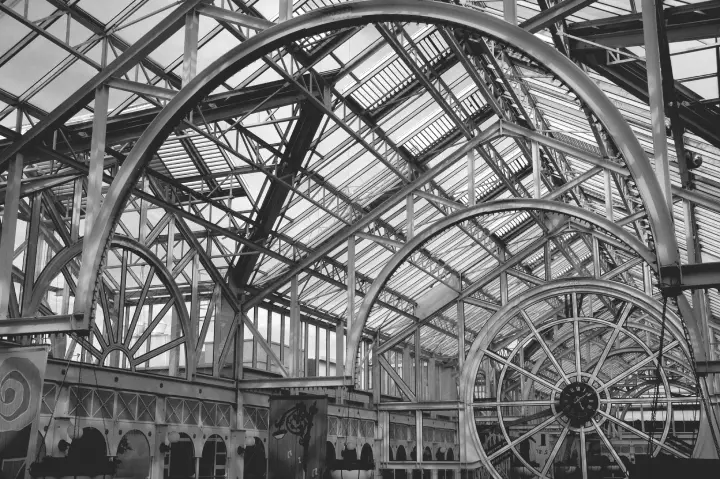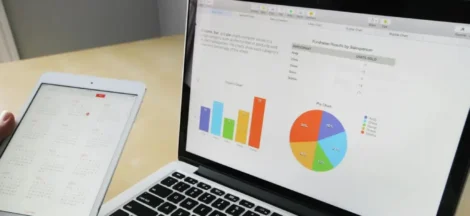Pipes and plates are essential in various industries, from construction to plumbing to manufacturing. They come in different shapes, sizes, and materials, each with its specific purpose and application. Pipes are cylindrical hollow structures that transport fluids or gases from one place to another, while plates are flat sheets of metal used for various purposes, such as structural support or heat exchange. This article will discuss different types of pipes and plates used in various industries, exploring their characteristics, applications, and advantages to understand better how they contribute to the functionality of particular sectors.
PVC
PVC (polyvinyl chloride) pipes and plates are widely used in plumbing due to their affordability and versatility. These pipes are made from synthetic plastic and are lightweight, making them easy to transport and install. The construction industry uses PVC pipes for drainage systems and water supply. They are also suitable for underground applications as they resist corrosion and chemicals. PVC plates, on the other hand, are used for insulation purposes in buildings due to their low thermal conductivity.
In the agricultural industry, PVC pipes are used for irrigation systems as they are lightweight, durable, and resistant to chemicals found in fertilizers. They are also used for transporting water to livestock and as drainage pipes in farming fields.
Stainless steel
Stainless steel is a widely used material for pipes and plates in various industries due to its exceptional properties. It is an alloy of iron, chromium, and other elements that make it resistant to corrosion, high temperatures, and wear. In the construction industry, stainless steel 904l plates are favored for their strength, durability, and aesthetic appeal. These plates have a high nickel and molybdenum content, making them highly corrosion-resistant in harsh environments. They are commonly used for building cladding, roofing, and structural support.
In the manufacturing industry, stainless steel pipes are used for their ability to withstand high temperatures without warping or cracking, making them ideal for transporting hot liquids or gases in various industrial processes. They are also used in the food and beverage industry, where hygiene is crucial, as stainless steel is non-porous and easy to clean.
Copper-nickel
Copper nickel pipes and plates are widely used in the marine industry due to their excellent resistance to corrosion in seawater. These materials are copper and nickel, with small amounts of other elements such as iron and manganese. In the shipbuilding industry, copper-nickel pipes are used for various applications, including cooling, saltwater piping, and hydraulic systems. Their impressive strength-to-weight ratio suits them ideally for application in ships and offshore structures. Their exceptional balance of strength and weight makes them an ideal choice for such purposes.
Due to their excellent thermal conductivity, copper-nickel plates are also used in heat exchangers and condensers. The oil and gas industry uses them for subsea pipelines and platforms, where corrosion resistance is crucial.
Carbon steel
Carbon steel is an alloy of iron and carbon, with a small percentage of other elements. Due to its affordability, strength, and versatility, it is one of the most commonly used materials for pipes and plates in various industries. In the construction industry, carbon steel pipes are used for structural support, water distribution, and gas transportation. They can withstand high pressure and resist corrosion, making them ideal for underground applications.
Carbon steel plates are used for various purposes in the manufacturing industry, such as machinery parts, storage tanks, and transportation equipment. They are also commonly used in the automotive industry for their strength and durability.
Fiberglass
Fiberglass pipes and plates are made from a combination of glass fibers and resin, making them lightweight, durable, and corrosion-resistant. They are commonly used in industries where resistance to chemicals is crucial. In the chemical industry, fiberglass pipes transport corrosive substances such as acids and alkalis. They also have excellent insulation properties, making them suitable for thermal applications. Grating and panels are also made from fiberglass for industrial flooring and structural support.
Fiberglass is also commonly used in water treatment as it does not corrode or leak harmful chemicals into the water supply. It is also used for storage tanks, pipes, and covers in wastewater treatment plants.
Aluminum
It is a lightweight, strong, and corrosion-resistant material commonly used for pipes and plates in various industries. Aluminum pipes are widely used in the aerospace industry due to their low weight and excellent strength-to-weight ratio. In the food and beverage industry, aluminum plates are used to make cans for packaging beverages. They are also used for heat exchangers, requiring efficient thermal conductivity.
Aluminum is also commonly used in the automotive industry for its lightweight and strength. It is used to make engine parts, wheels, and air-conditioning systems.
Conclusion
Pipes and plates are crucial in various industries, providing structural support, heat exchange, and transportation of fluids or gases. The type of material used depends on the specific industry and its requirements. Stainless steel, PVC, copper-nickel, carbon steel, fiberglass, and aluminum are just a few examples of materials commonly used for pipes and plates in different industries. Each material has its unique properties that make it suitable for specific applications. It is essential to select the suitable material carefully to ensure efficiency, durability, and safety in industrial processes. As technology advances, we expect more innovative and specialized materials to be developed for pipes and plates, further enhancing their performance and reliability.





 IT Support in Miami and Fort Lauderdale
IT Support in Miami and Fort Lauderdale